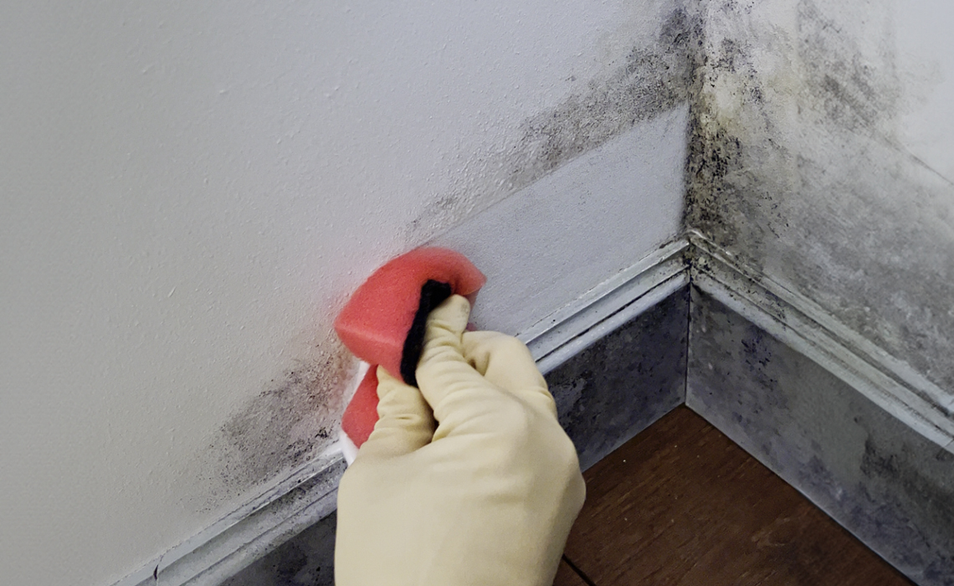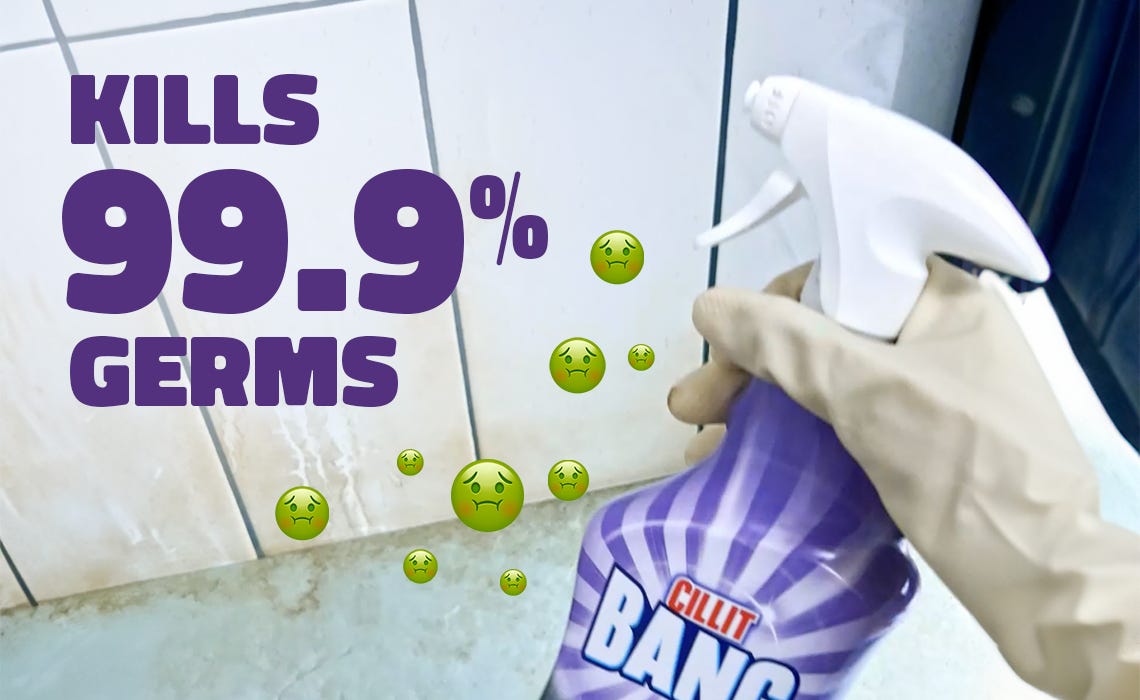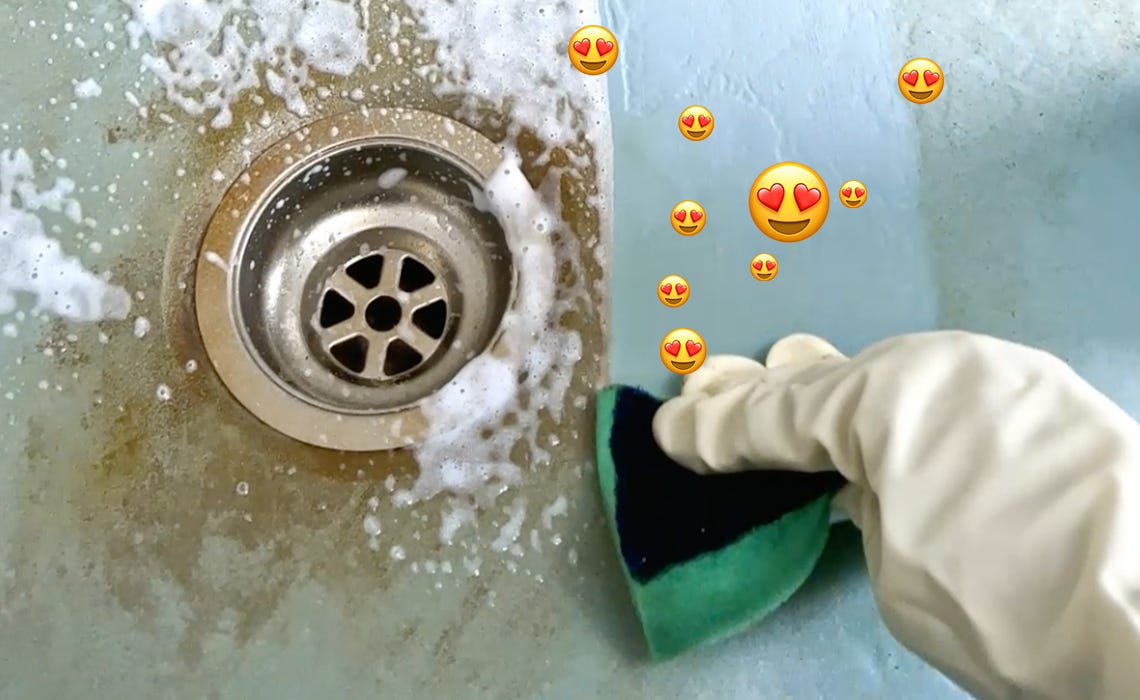What is Limescale and What Causes it? | Cillit Bang UK

What is limescale and what causes it?
Dealing with limescale in the home can be frustrating. Not only does it look unsightly, leaving behind a chalky residue which can build up if not treated over time, but it can also affect the performance of your appliances—like the kettle you use every day. To tackle the problem, it’s important to gain an understanding of what limescale is, what it’s made of, how to identify it and why it occurs in the first place. Here, we’ll explore each aspect, providing you with the knowledge and practical tips to effectively clean and maintain limescale affecting your home.
.jpg?width=1140&height=700&format=jpg&quality=80)
What limescale is made of, its composition and formation
The first thing to remember is that limescale is completely normal and a common household problem. It’s primarily composed of calcium carbonate—a hard, chalky substance that builds up over time.

What causes limescale in the home
The primary cause of its formation is hard water, which contains high levels of minerals, like calcium and magnesium. When hard water is heated or evaporates, these minerals are left behind, resulting in limescale buildup. The more minerals present in the water, the harder it is, and the more likely limescale will form. Areas with high mineral content in their water supply are more prone to limescale issues. Bathrooms and kitchens are areas in the home more prone to limescale buildup, particularly on showers, taps and toilets.

What limescale looks like and its colour
With a distinctive white, chalky appearance, it’s not hard to identify in the home. The appearance of limescale can vary depending on the severity of the buildup and the specific surface it forms on. In some cases, limescale may appear as a thin, powdery layer. Other times, it can form thicker, crust-like deposits.
How limescale impacts your home
There can be several negative effects on your household appliances and plumbing systems:
Limescale can impact water flow
As limescale deposits accumulate in pipes and fixtures, such deposits can restrict the flow of water, leading to reduced water pressure and slower filling times. This can be particularly frustrating when filling a kettle or running a bath and shower.
Limescale buildup can increase energy consumption
When heating elements in appliances, like kettles or washing machines, are covered in limescale, they require more energy to reach the desired temperature, resulting in an increase in electricity bills.
Limescale can cause damage to appliances
Without proper cleaning and removal, it can affect the performance and lifespan of your household appliances over time.
How limescale can affect your kettle
Limescale buildup in kettles can significantly affect their performance and longevity. As limescale deposits accumulate inside the kettle, they create a layer of insulation that reduces the efficiency of heating elements. This can lead to longer boiling times and increased energy consumption. Additionally, it can also affect the taste and quality of the water, leaving behind a bitter or metallic flavour. To ensure the optimal performance and lifespan of your kettle, it's essential to understand how limescale forms and take proactive measures to prevent its buildup.
Preventing limescale: practical tips to keep your appliances clean
Preventing buildup is essential for maintaining the performance of your household appliances. There are several things you can do to prevent limescale formation, including:
Using water softeners
By removing the minerals that cause hardness in water, you can reduce the likelihood of limescale buildup. After removing limescale from your shower, it’s a good idea to invest in a water softener to prevent future buildup.
Using descaling agents regularly
These products are specifically designed to dissolve limescale and prevent its accumulation.
Cleaning regularly
Wiping down surfaces regularly and ensuring proper ventilation in areas prone to moisture can reduce limescale formation. Regular cleaning is also a great way to remove limescale from your toilet, this will keep it under control and prevent problems from occurring.
Removing limescale: effective cleaning methods
Whether you’re looking for tips on how to remove limescale from taps or a particular appliance, there are many things you can do:
Clean with vinegar
It’s a natural cleaning agent, which contains acetic acid that can dissolve limescale. Simply mix equal parts vinegar and water, apply the solution to the affected areas and leave it to soak for a few hours. Afterwards, scrub the surface gently to remove the loosened limescale.
Use lemon juice
Lemon juice is another natural cleaning agent, which has similar acidic properties. Apply the juice directly to the limescale and let it sit for a while before scrubbing.
Buy an effective limescale remover
The Cillit Bang 100% Limescale Remover* is effective in removing up to 100% of limescale, soap scum and water marks. The ultra-effective trigger is ideal to clean more than 40 stains across the home, including bathroom stains, without effort; even on vertical surfaces. It helps to protect from dirt up to 6 times longer* and leaves a brilliant shine. Ideal for bathtubs, showers, glass, sinks, toilets, tiles, ceramic surfaces and stainless-steel taps.
1.Turn the nozzle to ON position and spray onto the surface.
2. Spray on the desired surface and leave for up to 5 minutes maximum.
3. Wipe clean, then rinse and dry. Switch the nozzle back to the OFF position.
* vs Cillit Bang Grime & Shine
Managing limescale for a clean home
Now that you know more about what limescale is, how it looks, what causes it and how you can remove it properly, you can easily identify and remove it from your home. By following the cleaning and prevention methods in this blog, you can keep limescale at bay and maintain the performance of your appliances.
